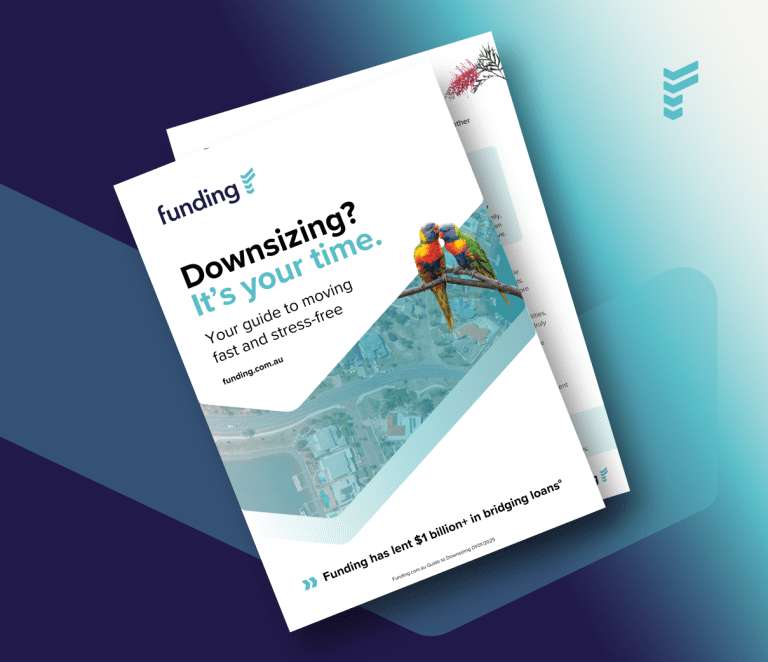What does First Lien mean?
A
first lien charge is a legal claim or right against a property or asset that takes precedence over all other liens or claims. This means that in the event of a default or
foreclosure, the holder of the first lien has the primary right to repayment from the proceeds of the sale of the property before any other lienholders. In loan agreements, a first lien typically refers to the primary mortgage or loan secured by a property, which must be repaid before any subordinate liens, such as
second mortgages or home equity lines of credit, can be addressed.
Importance of Understanding First Liens
Priority in Repayment
Understanding first lien charges is crucial because they determine the order of repayment in the event of default or foreclosure. The holder of the first lien has the primary right to repayment from the proceeds of the sale of the property before any other lienholders.
Risk Assessment
Lenders need to assess the risk associated with lending. Knowing that their loan will be secured by a first lien provides them with greater security and confidence that they will be repaid before other creditors.
Legal Implications
First liens have significant legal implications for both borrowers and lenders. They establish the priority of claims and affect the legal rights of all parties involved in the transaction.
Financial Planning
For borrowers, understanding the implications of a first lien helps in financial planning and managing their obligations. It ensures they are aware of the priority of their debts and the potential consequences in case of default.
Key Components of a First Lien
Secured Debt
A first lien secures a debt with a specific asset, most commonly real estate. The lien gives the lender a legal right to the asset in case the borrower defaults on the loan.
Property Claim
The first lien holder has a priority claim over the asset, meaning they are the first to be repaid from the proceeds of the asset's sale. Other lien holders, such as those with second or third liens, can only be paid after the first lien holder is satisfied.
Recording and Perfection
To establish the priority of a first lien, it must be properly recorded with the appropriate government authority, such as the land titles office. This process, known as "perfection," ensures the lien is legally enforceable and publicly acknowledged.
Subordination
A first lien takes precedence over subordinate liens, which are often referred to as second or junior liens. Subordinate lien holders agree to be paid after the first lien holder in case of default.

